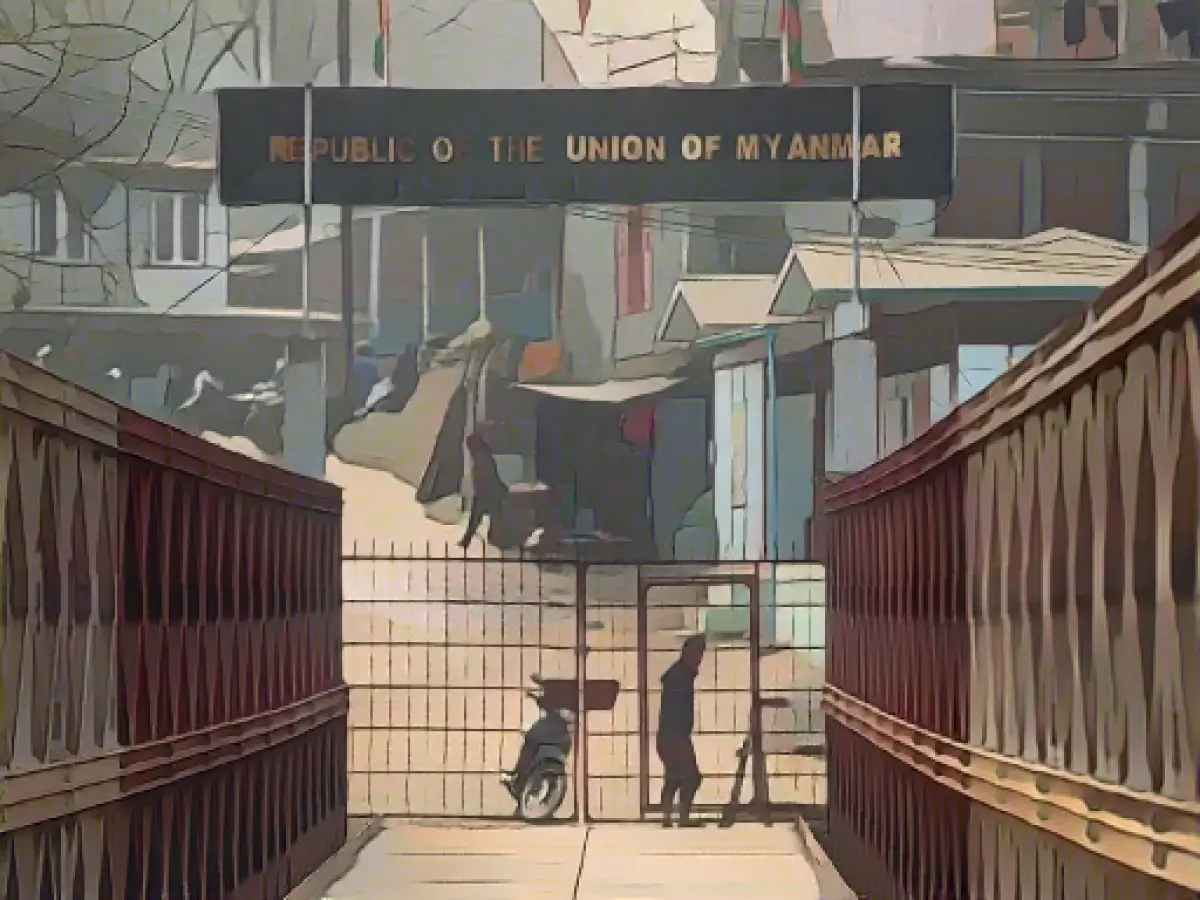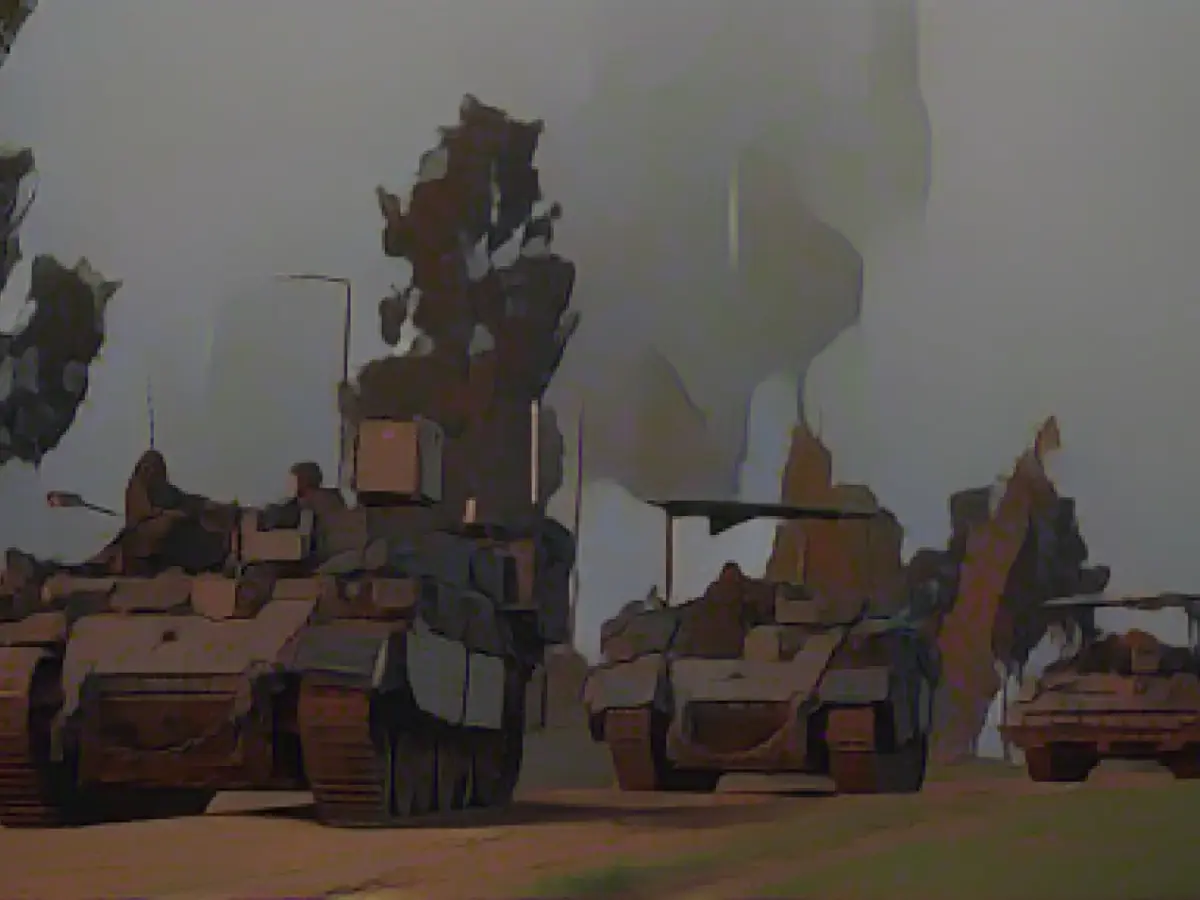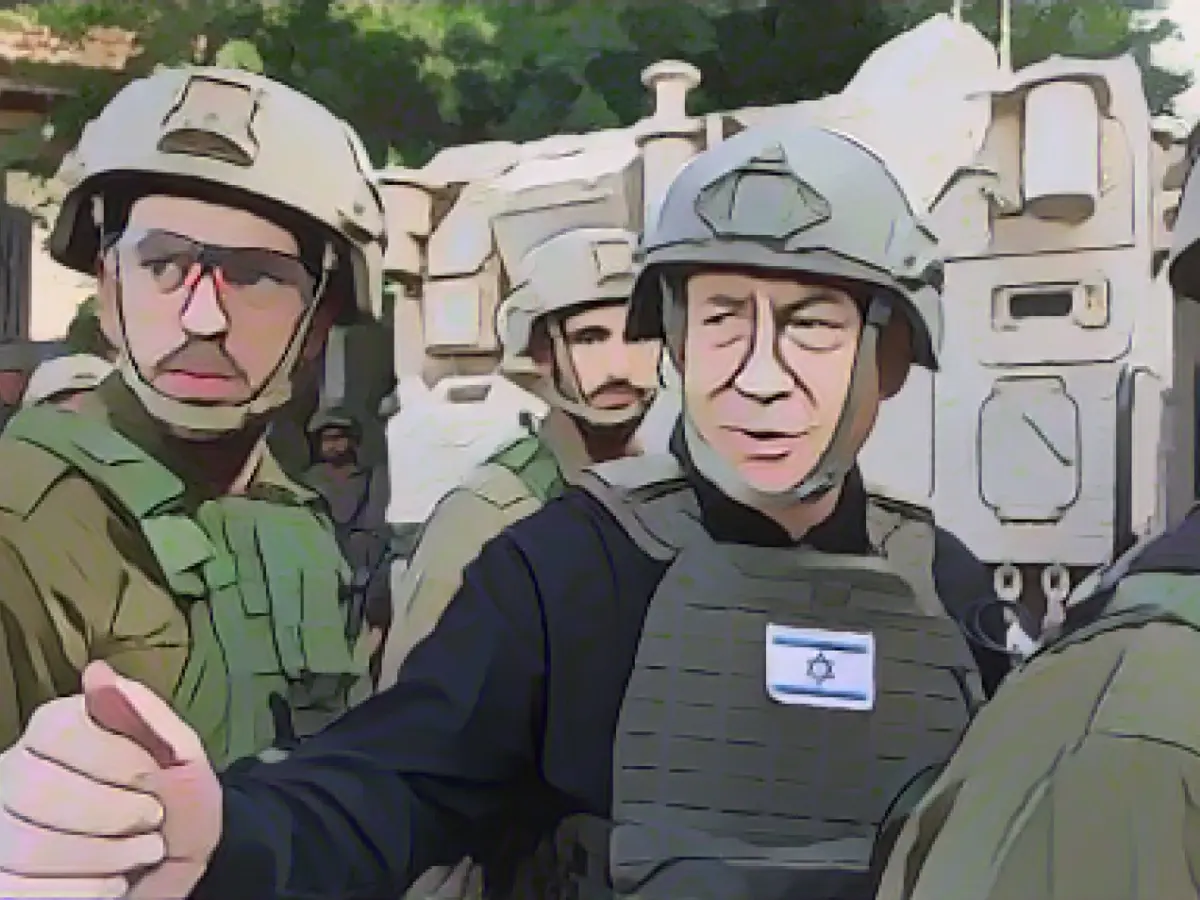Intense Battles: Myanmar's Military in Trouble
Myanmar's military has been under intense pressure, facing fierce resistance from various ethnic groups in different parts of the country.
The fighting has been particularly brutal since the end of October in Eastern Shan State, bordering China. According to ISP Myanmar, a non-governmental think tank, the Brotherhood Alliance, a coalition of three groups including the Myanmar National Democratic Alliance Army (MNDAA), Ta'ang National Liberation Army (TNLA), and Arakan Army (AA), has taken control of more than 154 military bases and outposts since the beginning of the operation[3].
The alliance, traditionally close to China, has reportedly captured at least six small towns in the region, while the MNDAA reportedly killed over 150 soldiers from the ruling junta, although these figures could not be independently verified[3]. The UN reports that tens of thousands of people are fleeing the border region, with many seeking refuge in China[2].
Challenging Junta's Dominance
For the junta, the situation in Shan State is just one of the many challenges they've faced since taking power in February 2021. Following the military coup, former Burma - a multi-ethnic state - has plunged into chaos and violence, with the former head of government Aung San Suu Kyi now in prison[3].
Armed groups have risen up against the military in other federal states, such as Chin State and Karenni State, and have seized several towns and military posts. Nearly 450 soldiers have reportedly laid down their weapons in various parts of the country[3].
The Brotherhood Alliance's success is a significant blow to the junta's military dominance. The ongoing conflicts in Myanmar have forced tens of thousands of people to flee their homes, seeking refuge in neighboring countries, especially China.
Factors Contributing to Conflict
The ongoing civil war in Myanmar is a complex issue with several contributing factors:
- Military Coup and Resistance: Following the military coup in February 2021, various groups, including the National Unity Government (NUG) and ethnic minority groups, have risen up against the State Administration Council (SAC) military junta[3][4].
- Ethnic Minority Demands: Ethnic minority groups, including the Karen, Karenni, Chin, Shan, Kachin, Rakhine, and Mon, have long been fighting for greater autonomy from the Burman-dominated central government[3][5].
- Military Response and Air Strikes: The SAC's response to the resistance has been brutal, with increased military actions, including airstrikes and artillery shelling, leading to mass displacement and deaths[1][2].
- Regional Command Losses: In 2024, ethnic armed groups achieved significant victories, capturing several towns and military bases, including two regional commands, weakening the military's grip in other parts of the country[1][2].
- Human Rights Violations: Both the military and some resistance groups have committed human rights violations, including forced conscription, arbitrary arrests, and mass displacement[2][4].
- Election Rhetoric and Political Transition: The SAC continues to push for elections as a step towards political transition, but the NLD and other key stakeholders are excluded from these proposed elections, further complicating the political situation[1][2].
- Regional Concerns and International Pressure: ASEAN foreign ministers have expressed concern over the situation in Myanmar, urging for an end to violence, while the international community stresses Myanmar's capacity to function as a state[1][2].
- Rohingya Conflict: The conflict in Rakhine State, involving the Arakan Army (AA) and Rohingya militias, has further exacerbated the situation, with the AA seeking autonomy for the Rakhine people while Rohingya groups fight against the military's expulsion of their community[4].
These factors collectively contribute to the intense fighting, significant military losses, and mass displacement in Myanmar.








